The central part of hydronic systems. 
The generation and delivery of heat through a hot water system is an efficient method of transporting energy, whether the distance is long or short. With the piping in place, it also makes it easy to add, adjust and change the central heating technology as new capabilities come to market.
Boiler technology has advanced over the past couple of decades, so selecting the right boiler for any given facility becomes a process of matching the right boiler performance and fuel characteristics with the business’s needs.
BioTherm is the exclusive dealer for Raypak® boilers in the greenhouse market. Raypak continues to contribute to the category with innovations and efficiencies. They added condensing heat exchangers to extract almost every available BTU from the fuel. They scaled the technology into industrial capacities (4,000,000 BTU/HR with the RayPak® XTherm™) and scaled it down into a compact wall-hung unit (90,000 BTU/HR with the RayPak® XPak™).
Raypak’s diverse boiler offerings provide capabilities such as: modulating up and down to different heat loads, easily daisy-chaining to combine heat outputs, and cascading boiler systems to follow the seasonal changes for optimal boiler efficiencies.
BioTherm’ s staff of engineers and system designers understand how to best apply these technologies to the greenhouse industry. We look at each technology from a grower’s perspective to provide the best fuel efficiency, the most reliability, and the best heating to produce the best crops for a grower’s capital dollar.
With our proprietary software we can provide an Energy Savings Calculator to show you the annual fuel load and heating cost using these boiler technologies to help you make the best decision for your bottom line.
We offer three types of low mass boiler technologies: atmospheric, closed combustion, and condensing.
Atmospheric Boilers
Atmospheric boilers combust their fuel the old-fashioned way.
Combustion air is gathered from the immediate vicinity of the boilers; so, they are generally isolated in their own boiler room or facility. They require both primary air circulation (to mix the fuel) and secondary air circulation (to ignite the fuel), and air pressure is supplied by a simple draft system that uses flue gasses to provide negative pressure.
Atmospheric boilers generally deliver efficiencies in the 80%-84% under high load and steady state conditions. Under variable loads, their efficiencies can drop below 60%. This is the most mature low-mass technology, but they do have trouble complying with low-emission rules that have begun to appear over the past decade.
BioTherm offers several models of the Raypak RayTherm atmospheric boilers.
Closed Combustion Boilers
Sealed combustion boilers use fans and ducted air vents which improve the performance of a Low Mass Boiler.
They also provide low NOx for emission requirements. Generally, these units also ship with upgraded ignition systems that allow for staged thermal performance for different seasonal loads.
The reason this technology was developed was to meet the newer anti-smog regulations, which were largely driven by NOx emission. These systems burn the fuel more thoroughly and release less smog.
BioTherm offers three closed combustion boiler models: HiDelta, Delta Limited, and MVB.
Condensing Boilers
Adding a system to squeeze the heat out of escaping exhaust gases greatly improves the efficiencies of the boiler, up to 99% under a steady state load.
Condensing units cool exhaust gases and capture water vapor before the gases exit the boilers. That extra heat is then captured and put to work instead of wasted as exhaust heat.
One of the basic energy savings a greenhouse can capture is to modulate the boiler temperature as a function of outdoor temperatures. The colder the weather is outside, the hotter your system water needs to be to meet your heat demands. But the weather isn’t always cold—sometimes it is just cool. One way a greenhouse can save energy is by automatically adjusting the boiler’s target temperature based on outdoor temperatures. When the weather is warmer, and the boiler target temperature is cooler, the return water to your condensing boiler will also be colder. This increases the boilers’ ability to extract the most heat out of the flue gases giving an extra boost to efficiency.
This technology has really matured over the past decade. Although they started as residential boilers, the engineers have been able to expand these boilers into industrial capacities of 5,000,000 BTUs per unit that heat over an acre with a single unit. With the same time, the exact same technology can be completely packaged into a 50,000 BTU boiler that hangs on the wall like a fuse box.
BioTherm offers several Raypak condensing boiler models: XPak, XFyre and XTherm.
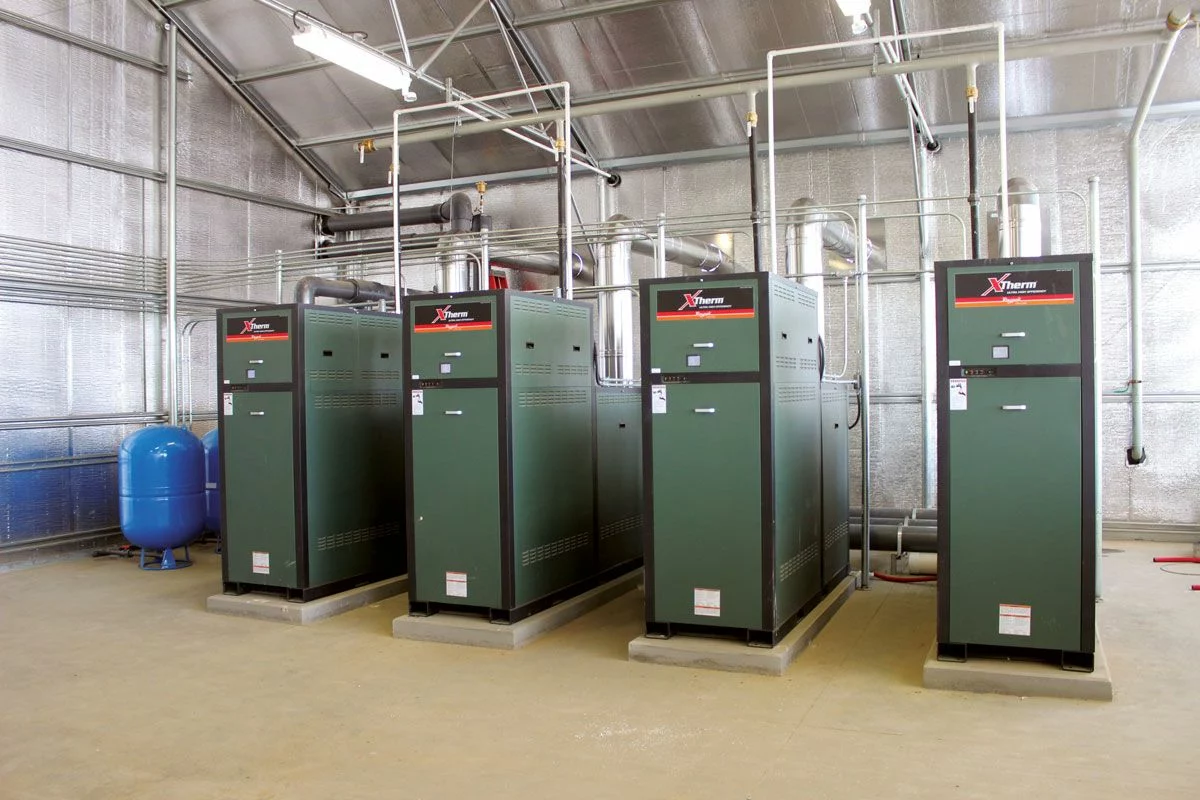












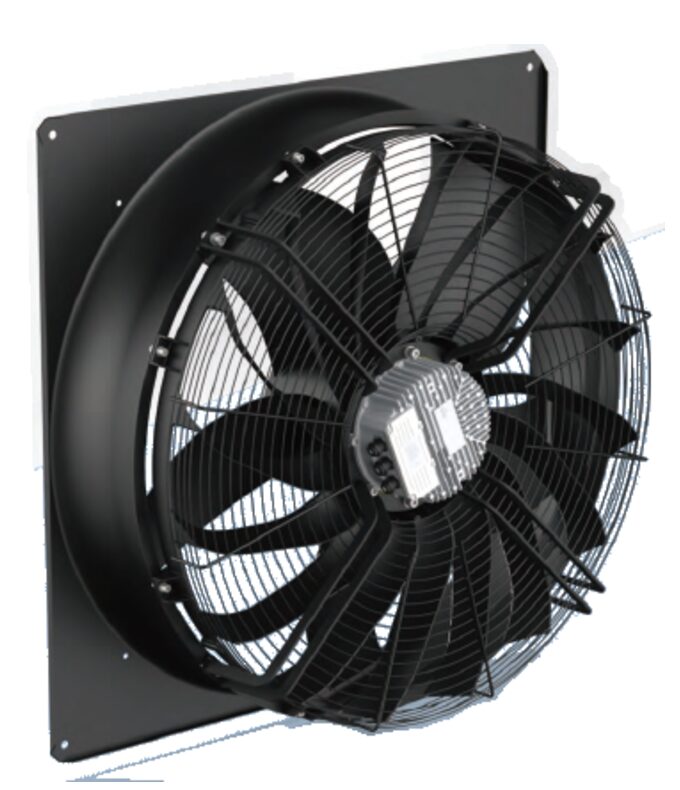
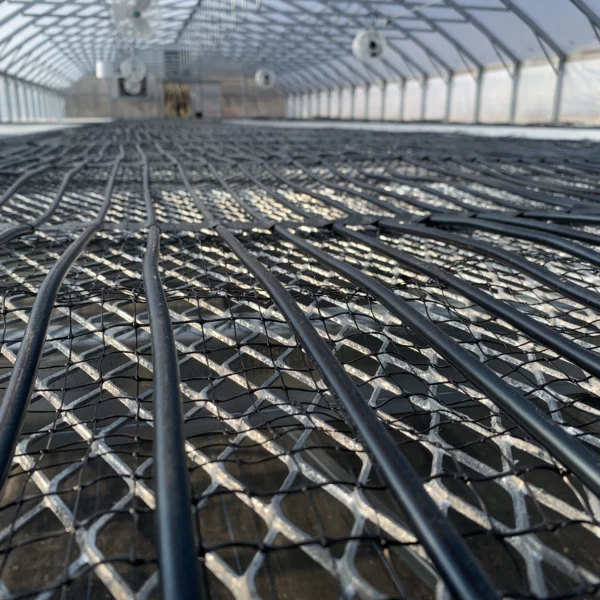
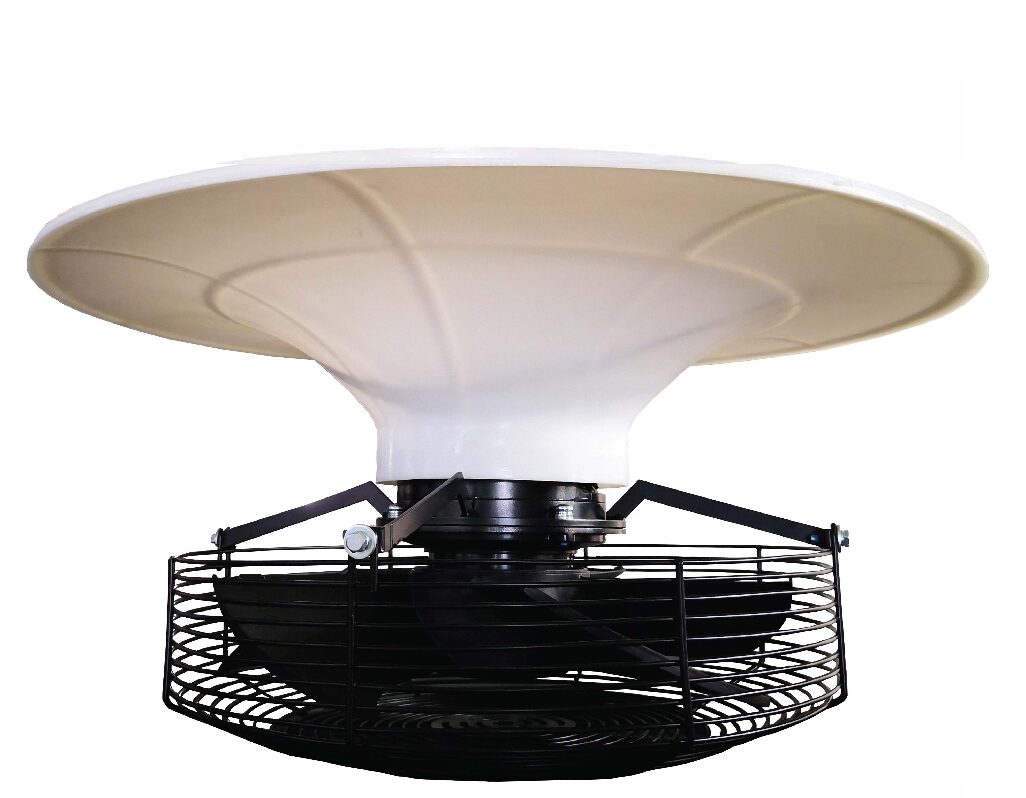


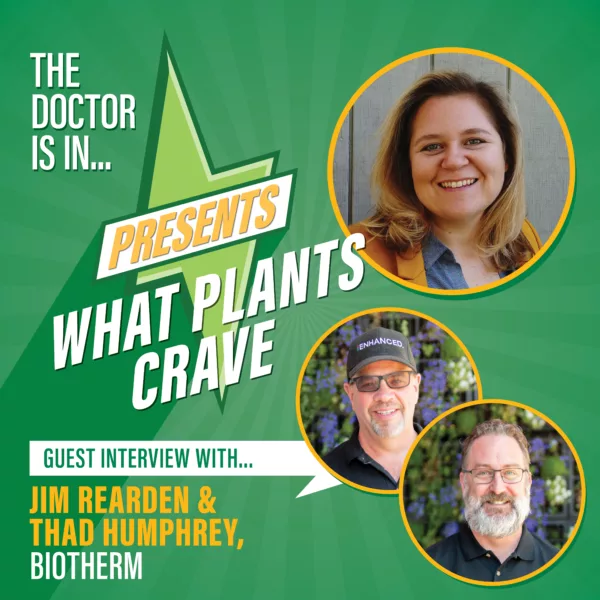
Reviews
There are no reviews yet.